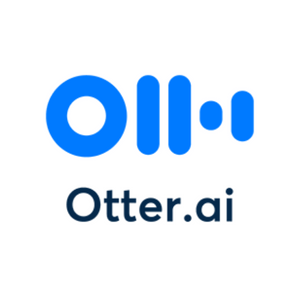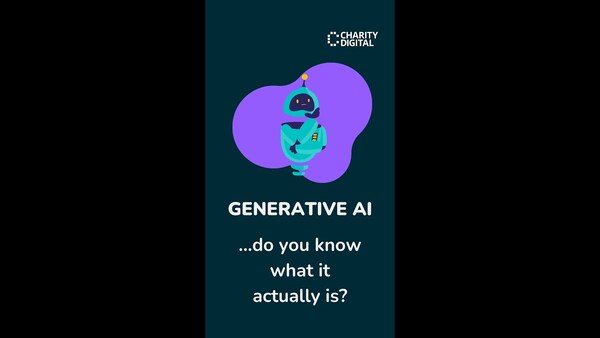Insights
INSIGHTS
All Topics
What is AI washing?
There is a lot of hype surrounding AI, with some companies overclaiming the amount of AI they are using in their products and services. This is known as AI washing
We’ve heard a lot about artificial intelligence (AI) over the last few years. So, what is it? AI allows computers to learn and solve problems. Generative AI, in particular, has made the headlines with its ability to create new content, such as text conversations, music, and images.
Some companies are making false claims about AI to promote their work. This is called AI washing. It comes from the term greenwashing, which is when organisations make false calms about the positive difference they are making to the environment.
Different types of AI washing
There are different types of AI washing. One type is when a company is claiming to use AI but is actually using other types of technology that aren’t as sophisticated.
Other companies may exaggerate the ability of their AI software to produce an intended result and some may simply add an AI chatbot onto their non-AI technology.
Why AI washing is happening
One of the reasons that AI washing is happening is that there isn’t an agreed definition of AI. Some companies are taking advantage of the hype around AI to make false claims and make their products and services sound more impressive. In some cases, companies may simply not know what AI is as it covers different terms like machine learning and natural language processing.
Another reason AI washing is happening is because AI attracts funding. So, companies are overstating the amount of AI they are using to attract funding. UK and Finland-based investment fund, OpenOcean says that “competition for funding and the desire to appear on the cutting edge have pushed some companies to overstate their AI capabilities”.
The number of companies talking about AI in their pitches to investors is increasing. Only 10% of tech start-ups mentioned using AI in their pitches in 2022, according to OpenOcean. This then rose to more than a quarter in 2023, with that figure expected to be more than a third in 2024.
Companies questioned for AI washing
A high-profile example of a company being questioned for its use of AI is Amazon. The online company installed an AI-powered tool called “Just Walk Out” at some of its physical shops to enable customers to pick up their items and then leave. Amazon said that AI uses sensors to identify what shoppers have chosen and then automatically bills them.
But in April 2024, it was reported that Just Walk Out needed around 1,000 workers to manually check almost three quarters of the transactions.
Another example of a company using AI washing is Ryanair. The airline claimed that its customer service chatbot was powered by AI. But it actually uses keyword matching to run the chatbot. Cocoa-Cola was also accused of AI washing when it claimed to use AI to create a new drink.
How to avoid AI washing
AI washing is controversial as it deceives people. As well as being unethical, it can lead to legal issues and criminal charges. Earlier in 2024, two investment firms in the US were made to pay large fines for AI washing.
Also, AI washing is affecting the integrity of AI and undermining the companies that are using AI responsibility.
According to the 2024 Charity Digital Skills Report, more than six in 10 (61%) charities are using AI in their day-to-day operations. Organisations need to be aware of AI washing when delivering their services and make sure they are being open and honest with their different stakeholders. It’s vital that people using charity services know what technology they are using and that funders know what technology they are supporting.
For charities that are considering using AI to develop their services, it’s important to use it mindfully. You should put together AI standards for your organisation to reduce any risks and prevent any accusations of AI washing. The Charity Excellence AI Governance and Ethics Framework provides helpful advice.
PIR.org has also created a checklist to help charities use AI responsibly. It includes a set of key questions that charities can ask themselves about the risks of using AI, as well as opportunities and guidance. Charities can use their answers to these questions to put together an internal AI policy. It will also help them to think about what responsible use of AI means for all their different stakeholders.
Kellie Smith
More on this topic
Recommended Products
Recommended Products
Related Videos
Our Events
Charity Digital Academy
Our courses aim, in just three hours, to enhance soft skills and hard skills, boost your knowledge of finance and artificial intelligence, and supercharge your digital capabilities. Check out some of the incredible options by clicking here.



















